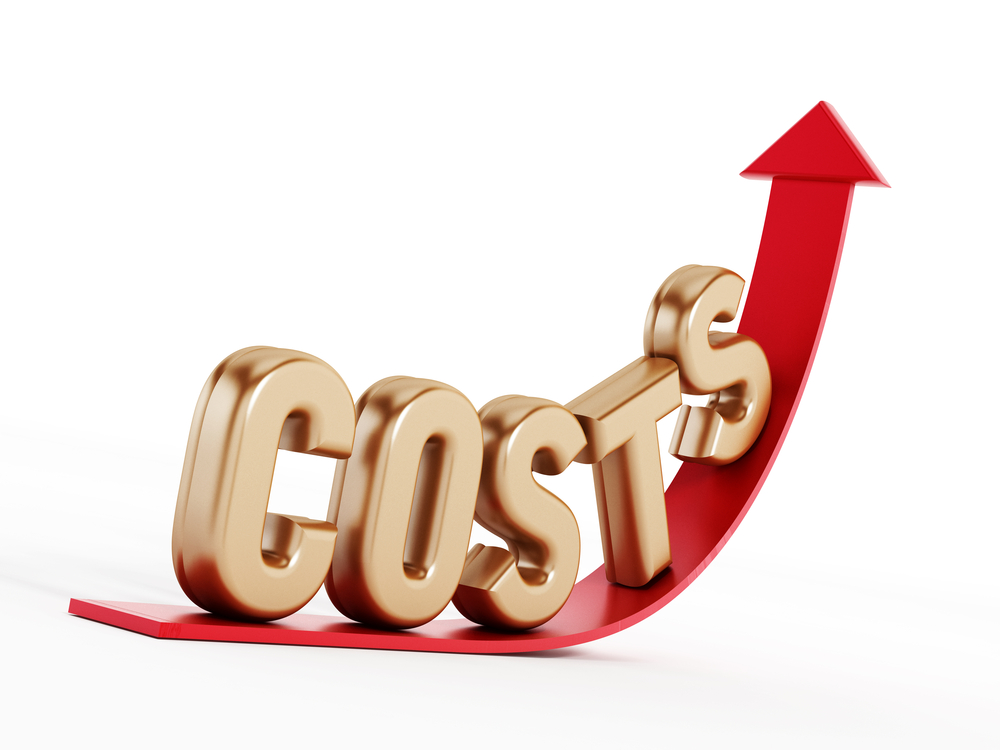
Corporate training firm founder and owner Elaine felt frustrated that she could never get her firm’s profit to grow faster than around 3% per year. When she and I first looked at her Profit & Loss statements for the past 3 years, nothing jumped out as a red flag. Revenue, Expenses, Profit all marched neatly through the financials.
We did a deeper dive, looking for profit opportunities. Were there hidden costs that were reducing profit?
We discovered three costs that affected profit. The costs of:
- Tracking time and billing clients for that time
- Waiting for ARs to be received
- Unsold hours
Tracking time and billing clients
This firm used software that enabled the educators and trainers to track their time by client. The costs of the tracking software don’t seem very onerous, until you start to add up the number of trainers, the number of clients, and the fees per user per month. In Elaine’s firm’s case, the annual cost of this software was a small percent of revenue from hours billed.
But wait—there’s another cost! Since each provider had to enter the start and stop times of their work for various clients, they were using billable time to work on this admin task. How much could that cost you think? It’s only a few seconds here and there. Maybe, but maybe not. A busy provider may make notes elsewhere, then enter their time by client later. A provider who is moving between projects has to stop and start the software many times, losing concentration and productivity.
As it turns out, these costs are pretty small. But they portend the bigger costs associated with hourly billing.
Waiting for ARS to be paid
Hourly billing by definition is billing in arrears. In other words, the firm does the work and then sends an invoice. Even if the invoice is generated as soon as the provider closes out the project on their tracking software, the invoicing could occur weeks after the work began.
And with billing terms and conditions often being 30 days, and some buyers insisting on longer terms, the firm waits a long time to receive the money they are owed.
Do you think there’s no cost to this waiting? I beg to differ.
If your firm has good cash flow management, then the firm provides the money to cover the Accounts Payable that are incurred while delivering the hours worked. Obligations that can’t wait include compensation to the providers, taxes, overhead expenses, utilities, and so on. In essence your firm is financing those expenses from cash on hand.
So what? Well, that cash on hand, which should be available to use for company growth and investment, is not available. What growth opportunities are missed because you’re using your own cash to cover expenses while waiting for ARs?
And if your cash flow isn’t so robust, you may have to use a line of credit, or factoring, to have cash to pay current obligations. Those sources cost you money in interest, further reducing your profit.
Unsold hours
As if these direct expenses aren’t troubling enough, there is always the risk of unsold hours. You know from experience that it’s the rare provider that sells all their hours each and every week. And within the framework of the workweek, there is time needed for non-billable tasks, such as filling out time sheets!
Each unsold hour is a cost which reduces your profit. It doesn’t show up on your P&L that way, which is why it is a hidden cost. Hidden but powerful.
The quickest way to increase profit is to reduce the cost of unsold hours. But selling more hours may take more marketing and sales time, which then reduces billable hours.
It’s a vicious cycle!
Value Based Pricing Saves Money and Increases Profit
Your firm can eliminate these three causes of reduced profit. No time sheet tracking costs, no financing costs, and no unsold hours costs.
There’s a reason why my new book’s title is Crack the Pricing Code: Implement Value Based Pricing and Generate Fortunes. You’ll eliminate the built-in costs of hourly billing, automatically increasing your profit even if you do nothing else. Read the first five chapters here.
Curious to learn more? Text VBP to 703-801-0345. Maybe you won’t be convinced…but just maybe you will.


